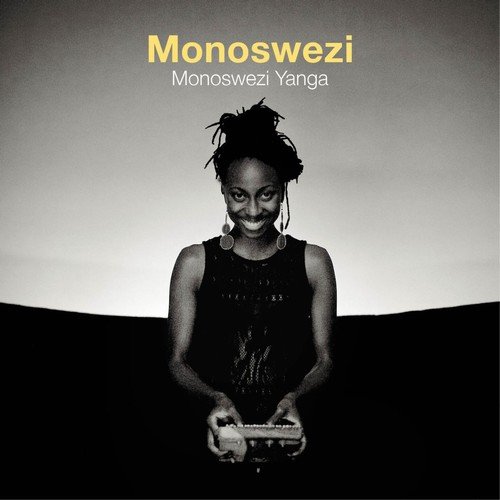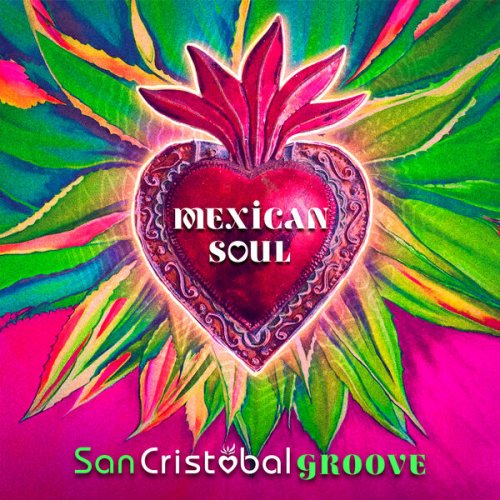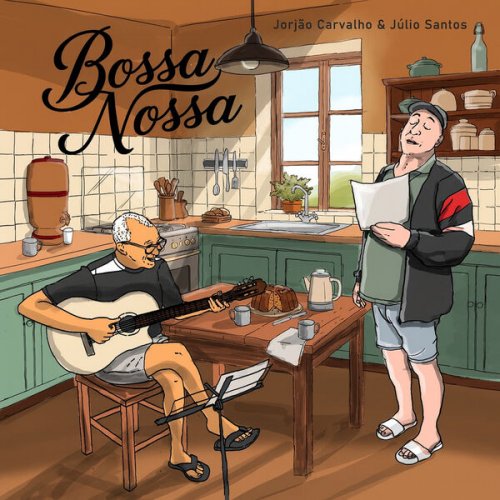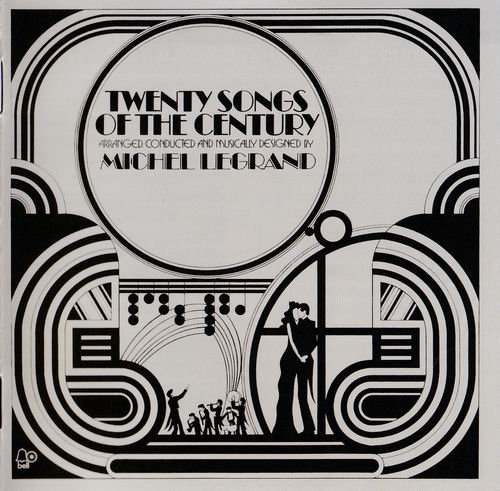Monoswezi - Monoswezi Yanga (2015)

Artist: Monoswezi
Title: Monoswezi Yanga
Year Of Release: 2015Riverboat Records/World Music Networkz
Label: Riverboat Records/World Music Network
Genre: Jazz, African, Nordic, Fusion
Quality: MP3 320 kbps; FLAC (tracks+.cue+.log)
Total Time: 46:55 min
Total Size: 108 / 278 MB
WebSite: Album Preview
Monoswezi weave traditional African songs and instruments with cool Scandinavian jazz. Zimbabwean mbira and vocals are enriched with Mozambican percussion and embellished with Nordic sax and sympathetic rhythm section.Title: Monoswezi Yanga
Year Of Release: 2015Riverboat Records/World Music Networkz
Label: Riverboat Records/World Music Network
Genre: Jazz, African, Nordic, Fusion
Quality: MP3 320 kbps; FLAC (tracks+.cue+.log)
Total Time: 46:55 min
Total Size: 108 / 278 MB
WebSite: Album Preview
Monoswezi bind themselves together on Monoswezi Yanga, gently singing reworked folk songs and whispering vivid tales. Hope Masike’s dulcet tones guide the album. She assumes the role of storyteller, underpinned by smooth unobtrusive accompaniment. As listeners we are invited to gather round, to sit at her feet soaking up the illuminated myths and legends of her childhood.
Monoswezi Yanga is the group’s second album on Riverboat Records, following the critically acclaimed 2013 release The Village. The recording took place at bass player Putte Johander’s home studio on the Koster Islands in Sweden. The islands are remote and free from cars; the native silence is punctuated by the sound of surrounding waters lapping against rocky coastlines.
As the cosmopolitan band live across three countries (Norway, Sweden and Zimbabwe), meeting up in full is a treasured but rare occasion. Studio time is precious and experimentation the order of the day. Often tracks are laid down in one take and then post-produced by the Scandinavian-living members Hallvard, Erik, Calu and Putte. Mixes are then bounced across the globe to Hope who contributes feedback from her home in Zimbabwe. Though unconventional, this working method imprints their music with a beautifully loose and open aesthetic. The music is not over-thought or preened to pretension. The music is fluid, organic, and free.
The name Monoswezi is an amalgam of the four nationalities represented in their line-up – Mozambique (Mo), Norway (No), Sweden (Swe), Zimbabwe (Zi) – and the influence from each culture is audible. Hallvard’s Scandi-jazz saxophone approach is round of tone and melodically minimal. Putte’s bass lines are rock-solid, firming up the jazz foundations. Erik brushes and bristles his drum set with subtle swing. Calu’s percussion surges tightly below Hope’s Shona-language singing and punctuating mbira.
The role of the Zimbabwean mbira is paramount to Monoswezi’s style. Hope raises the flag for female mbira players everywhere, unlocking rhythmic routes through the sound on every track. Monoswezi Yanga also experiments with the use of a bass mbira as heard resounding low on last track ‘Nhetembo’. The result is entrancing: a slowly revolving, other-worldly fantasia for mbira.
A reading of the lyrics reveals a rich tapestry of traditional Zimbabwean folk songs and stories. ‘Matatya’ is a plea for a new lover from a young girl tired of ‘kissing frogs’. ‘Lobola’ and ‘Wadadisa’ are songs to celebrate marriage. ‘Dande’ is a prayer asking for protection over family and friends. ‘Mhondoro’ is a cautionary tale, imploring listeners to care for their environment. Each one is reshaped, performed anew and given a unique Monoswezi slant. Hallvard commented that often during the compositional process, he won’t be working with prior knowledge of the folk song in its original form, whereas Hope will have grown up with the tune and lyrics moulded into her musical consciousness. This difference in approach means the creative process can spin off in new uncharted directions uninhibited by a sense of what’s right or appropriate to the original.
‘Naku Xuva’ is an original composition by Calu, an ode to lost loved ones. Calu’s muted vocal is mournful and the guitar riffs lightly across the stripped back texture. The tracks ‘Povo m’povo’ and ‘Nhetembo’ are about fighting for what’s yours and an mbira is used to symbolically illustrate the tale: it is stolen in the first track and returned at the close of the album providing a satisfying symmetry to the work.
Tracklist:
01. Intro
02. Povo M`povo
03. Mbira Yanga
04. Matatya
05. Wadadisa
06. Naku Xuva
07. Lobola
08. Dande
09. Mhondoro
10. Nhetembo



![Tomasz Stańko - Piece for Diana and Other Ballads (Polish Radio Sessions vol. 1/6) (2025) [Hi-Res] Tomasz Stańko - Piece for Diana and Other Ballads (Polish Radio Sessions vol. 1/6) (2025) [Hi-Res]](https://www.dibpic.com/uploads/posts/2025-12/1765788761_cover.jpg)

![Tomasz Stańko - Zamek mgieł (Polish Radio Sessions vol. 3/6) (2025) [Hi-Res] Tomasz Stańko - Zamek mgieł (Polish Radio Sessions vol. 3/6) (2025) [Hi-Res]](https://www.dibpic.com/uploads/posts/2025-12/1765795906_cover.jpg)
![NYO Jazz - Live in Johannesburg (Live) (2025) [Hi-Res] NYO Jazz - Live in Johannesburg (Live) (2025) [Hi-Res]](https://www.dibpic.com/uploads/posts/2025-12/1765894703_zwp14vk90corb_600.jpg)

